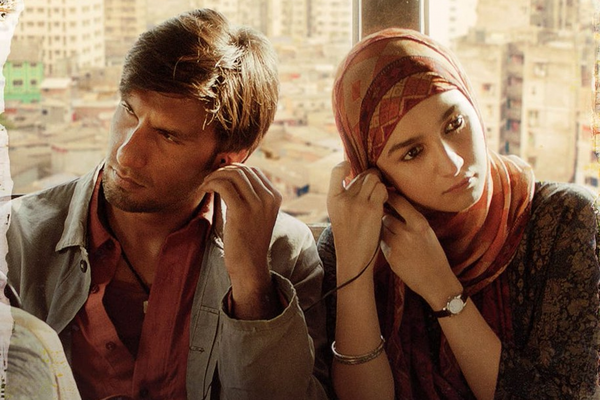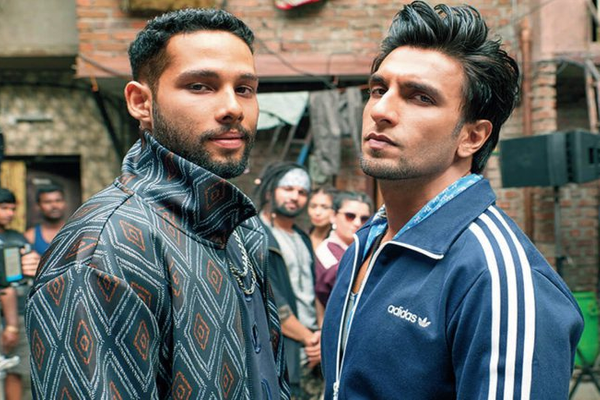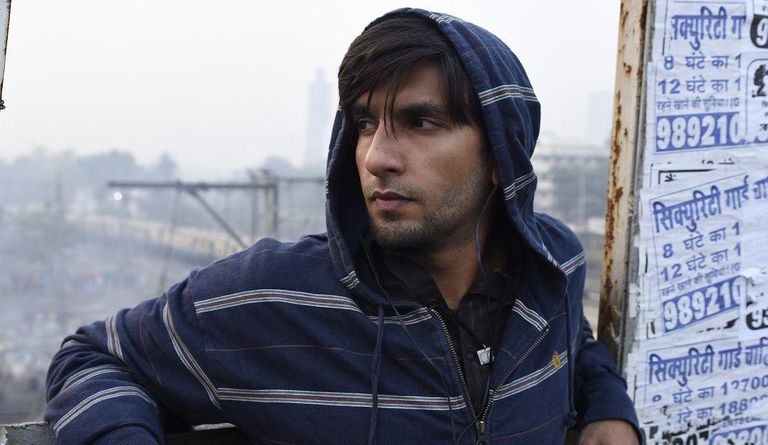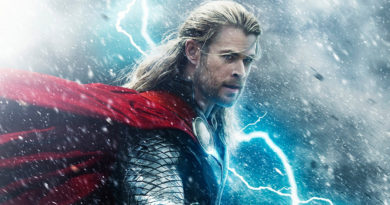Zoya Akhtar’s Gully Boy – Editorial!
Zoya Akhtar, with her dedication to narrating heartfelt and moving stories, created a cinematic world like no one else. From Luck by Chance to Gully Boy, Zindagi Na Milegi Dobara, Dil Dhadakne Do, and creating a story like Gully Boy, she is now a storyteller of the existing deep class divide and a poet of aspirations. With Gully Boy, Akhtar has set the bar even higher for her craft and directed one of her most accomplished movies to date.
Related: Friends Reunion – Full of Tears, Laughter, Nostalgia and Secrets!
Gully Boy is not a hollow mainstream Bollywood movie. It is a tale of rage, hope, abuse, class division, and parental pressure alongside the dreams and aspirations of the primary character Murad. It’s filled with captivating scenes, memorable dialogues, great performances, and well-written characters. The character of Murad challenges the traditional depiction of the typical Bollywood film hero. Murad channels his ambitions, rage, and energy into his rap. He is a man written by a woman, and you can feel it throughout the film. I am still in awe of the genuine portrayal of the authentic gully rap that stems from the gullies of Dharavi, Mumbai.
Deconstructing a movie into its narrative unit can enrich the semantic understanding of movies and help in movie summarization. It’s always delightful to analyze scenes from movies like Gully Boy. Here are my few cents on the film.

One of the most important locations in the film is the famous bridge. The protagonist Murad and Safeena spend the majority of their time together on the bridge. The bridge in my opinion signifies the social class difference between Safeena and Murad and it feels like they need to cross the bridge of all barriers to be together. When they meet, Murad is always on the left side and Safeena is always on the right. Murad’s background is always chaotic and broken, depicting his world and soul, whereas Safeena’s backdrop was more organized, depicting her origins and sorted mindset.
Zoya also did justice to Aftab’s (played by Vijay Raaz) character arc. For Aftab, the house where they all used to live may be a representation of claustrophobia. His anger may have been a result of the confined mental state he was in which made him feel disheveled. In fact, we can clearly notice that he is out of that mental realm, i.e. their old residence, at the end when he acknowledges his mistakes and apologizes to his son.
Whenever they showed Murad inside that house you can always notice the bars, (personified as shackles) as part of the scenes in windows or ventilation. This signifies the fact that when he didn’t have a rap career he was caged and did not feel free. Hence the line “Yeh Shabdo ka Jwala Meri Bediya Pighlayega.” So, after immersing himself in rap culture when he moved out, the new house was less confining, with no bars, and he could finally break free. In fact, the film’s production designer stated in an interview that they wanted to take minimal sky and water backdrops as possible because the sky represents freedom, and Murad was enthralled by his raging wrath and ambitions.

Another scenario that stands out is when Murad is waiting for the owner in a car. It is dark in the car, and there is a reflection of light just outside the car, during which with rage he says, “Apna Time Aayega,” implying that he will undoubtedly be on the other side of the darkness one day. The car’s owner then enters and takes the passenger seat. She is in tears. He wants to help her, ask her what is wrong, but he doesn’t say a word because of the sheer contrast in their statuses.And Doori is, very skillfully, playing in the background, perfectly presenting the conflict that is going on within his thoughts.

When it comes to the colors used in Gully Boy, especially in one of the final scenes when Murad is right and fighting with his father, he has a yellowish-orange light on his face that represents warmth and also stands for liveliness, whereas Aftab’s character was always shown in blue light, which represents coldness. My favorite moment was the last one, in which Murad won a competition in the same club from which he was earlier booted out by the very same bouncer. It was a case of “Life comes full circle.” I’m not going to lie; the final moment wretched me and left me in tears.
Also Read: Sisterhood vs Brotherhood: Subtle Similarities of VDW & ZNMD!
Also Read: Dil Chahta Hai – Two Decades of Memories, Life Lessons and Legacy!
Lastly, if you will ask me: Is this Zoya Akhtar’s best work? Then I will definitely be in turmoil. It’s hard to tell. She is just getting better and better with her craft. I know that she will bring something new and better. I think that her best is yet to come.
- Best Hindi Comedy Movies on Netflix You Shouldn’t Miss! - January 2, 2024
- Why I Loved “Rocky Aur Rani Kii Prem Kahaani” – Editorial - August 7, 2023
- Best Bollywood Movies on Social Issues on OTT | Netflix, Amazon, Hotstar! - April 11, 2023




